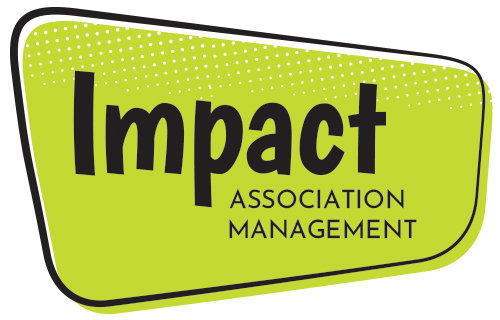When your term comes to an end, you might be ready to fly out the door and never look back. This, however, can be a significant setback for your remaining and new board members.
Instead of leaving the person taking over your position to fend for themselves and spending their time digging for information, lay it out for them! As a board, you should work to develop a set process for the transition. We have provided some examples below but be sure to personalize it to your board.
One-on-One Meeting. Around 2-3 months before your transition takes place, invite the future board member to get coffee or lunch. Spend this time to touch on everything you do in your role, old business that is left undone, and future initiatives that the board has mentioned tackling at some point. Be candid and share what the dynamic of the board is like in order to help them better understand what they are walking into. Leave time for questions and let them know you will be available for any other questions over the next couple of months.
Blending of Old and New. Plan a time for the whole group to get together. We suggest hosting a “Board 101” session that explains the basics of the organization including bylaws, specifics of each role, and anything else specific to your board. After this, have the current and future board members attend either a board meeting and/or a social outing. Let them have time to get to know one another and who they will be working with. This will make them more comfortable throwing in suggestions and voicing their opinion when they are officially on the board.
Check-In. Once the new board member has taken on their position, check back in with them. See if they have any further questions or concerns. If there is anything that you forgot to mention to them before their transition, suggest that they add it to the notes for the next transition.
Having a system in place for board transitions will make everyone feel more comfortable about the roles they are taking on and giving up. It will keep the organization from hitting a bump every time the board transitions.

